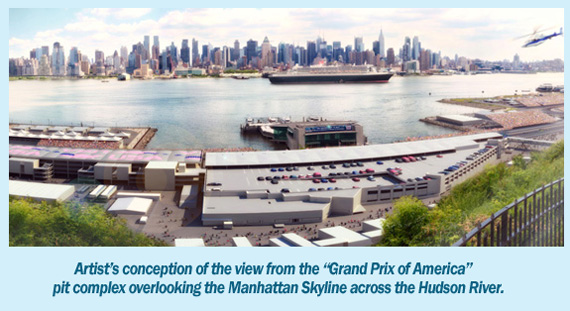 Image Courtesy Grand Prix of America at Port Imperial
Image Courtesy Grand Prix of America at Port Imperial
By Phillipe Defechereux
East Coast F1 circuit all set to “Come Alive” in June 2013
Stories, rumors and gossip are all put to bed. It is real and here is the up-to-date story straight from those making it happen.
First we can confirm that developments for the “Grand Prix of America,” to be staged on the New Jersey side of the Hudson River directly across from Manhattan, are already well along. All the federal, state and local authorities involved approved the plans and logistics on October 15, 2011, with New Jersey Governor Chris Christie beaming in acquiescence during the televised press announcement. This feat was made possible by a triumvirate of top-level American promoters and investors highlighted below. All were pleased with the ten-year contract they secured from Bernie Ecclestone’s Formula One Management (FOM), backed by the FIA.
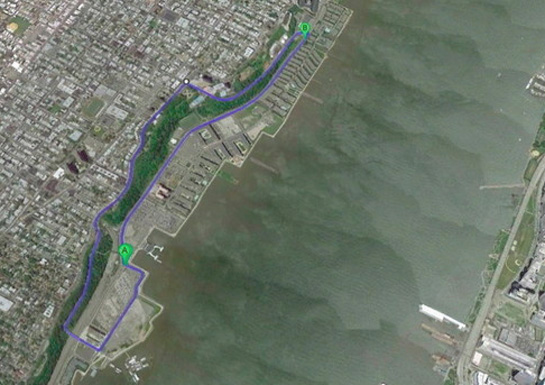
Overhead situation map of the new circuit (traced in blue) on the New Jersey bank of the Hudson River. In the lower right corner, Manhattan’s West Side. In the middle, the Hudson River.
A brief review of the “long march” toward a Grand Prix of New York, which spanned almost three decades, is in order. A long-held fancy of Bernie Ecclestone and countless F1 fans in the U.S. and around the world, bringing it to life proved a long and difficult path.
How could the dramatic skyline of Manhattan not be a part of this most prestigious sport and pinnacle of motor racing? F1 has long appropriated as its settings the glamorous cityscape of Monaco, the misty cone of Mount Fuji, the heated sprawl of Sao Paulo, plus a half-dozen famous and gloried circuits in many European countries. More recently, aggressively upcoming metropolises such as Shanghai, Istanbul and Abu Dhabi eagerly rolled out the red carpet for the privilege of hosting their own F1 event, at $200 million or more for their “from scratch” venues.
Enjoying this article? PLEASE BECOME A VELOCETODAY PREMIUM SUBSCRIBER
So, why not New York, which a majority of its inhabitants unabashedly claim is “the Center of the Universe?” Manhattan, of course, along with the city’s other four boroughs and the adjacent New Jersey townships across the Hudson River, together form a crowded, hectic, bustling metropolitan beehive known as the “city that never sleeps.”
But any attempt to bring a large part of the Big Apple’s business to a halt for four days on account of a little-known racing series proved, well, a fantasy. Over three decades, many venues were proposed by F1 honchos, including Central Park! None were approved and the public interest was nil. Little wonder as New York City has no car racing tradition, and a few years back, the borough of Staten Island summarily rejected NASCAR’s millions.
Then in 2008, Singapore burst into the Formula 1 calendar, drawing immediate praise from the 500+ million fans around the world who watch F1 races. The wealthy Asian city-state is an island itself, featuring a dense, skyscraper-and-bridges urban environment of great allure and spectacular views. It seemed like the “New York of the East.”
This spurred a renewed search for a suitable venue close to the Manhattan skyline the following year, with a new tool: Google Earth. No need for a helicopter: just a Mac and you can fly over and zoom in anywhere in the whole metropolitan area, crossing county and state lines unimpeded. That is indeed how the new (and at first unlikely site) was contemplated.
Three leading individuals took that initiative, with Ecclestone’s support. First, Leo Hindery, Jr., is a highly successful executive and political activist with a passion for racing. He is a New Yorker, as at ease leading the affairs of large media or financial companies as he is driving a Porsche GT3 to a class win at the Le Mans. He is now the rightful New Jersey race promoter and director.
Second, Howard Augustine “Humpy” Wheeler, from North Carolina, is widely recognized as one of the best promoters of motor racing in America, largely responsible for the zooming popularity of NASCAR over 25 years in general, and of the Charlotte Motor Speedway in particular. In 2008, he founded The Wheeler Company, a consulting firm specializing mostly in motorsports, including Formula 1. He was and remains a consultant to Hindery on the “Grand Prix of America” search and long term development.
A third party joined this brain trust when the New Jersey side of the Hudson River came into sharp focus: Roseland Properties, owners of the Port Imperial site, which consists of 350 acres of riverfront land featuring large, high-end residential and commercial buildings, a marina and a ferry terminal, all directly adjacent to and part of the planned circuit. Through a newly created company called Port Imperial Racing Association, the project gained a major and enthusiastic investor.
Once inspected closely, the Port Imperial Circuit, as it will be called, seems well suited for the Formula 1 series. Both urban and hilly, it blends sweeping near straights with challenging corners and an elevation change of 157 ft. It features near vertical cliffs (“palisades”) within the uninhabited inner circuit, and sits by the easily accessible west bank of the Hudson River. The start-finish line and paddocks will be near the New York Waterway ferry terminal while the upper section of the track runs through two urban townships, Weehawken and West New York.
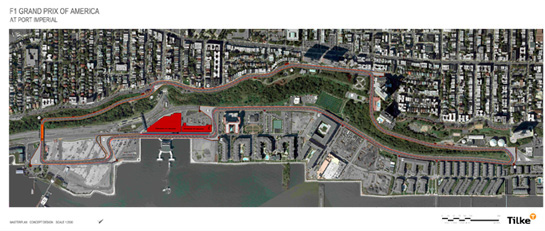
The entire Port Imperial Circuit (beige tracing). Here, left is south and right is north. Across on the Manhattan side, it spans roughly from West 31st Street to West 80th Street. The Paddock and pit lane are in red; the Port Imperial building complex is along the Hudson River.
The promoters have called their forthcoming circuit “a blend of Monaco and Spa…” There is a bit of poetic license here. The Port Imperial Circuit will bear little likeness to the glorious architecture of Monte Carlo, or to the steep, haunting hills of the Belgian Ardennes. However, it bears some valid similarities with Monaco’s long, wavy and uphill initial stretch (“Rascasse” to “Casino”), as does its final, sweeping “maximum speed” segment (“Portier” to “Tabac”) descending gently back to the marina; 220 mph expected there in New Jersey. Both Monaco and Spa also feature a tight hairpin (“Grand Hotel” and “La Source”), as well as a sharp ninety-degree corner at maximum elevation leading into a steep descent (“Mirabeau” and “Les Combes”).
Tom Cotter and his team have been in charge of finally bringing the dream into the reality of a successful first race next year. He seems an excellent choice for what will by no means be an easy task. Tall and trim, most often flashing a warm grin highlighted by intense blue eyes, he is a leader both amiable and fiercely determined. His lifelong passion for cars led him to a successful career as a promoter of NASCAR racing starting in 1985, hired from his native New York to North Carolina by Wheeler. He later founded his own P.R. agency, The Cotter Group, and sold it a decade later to a media giant as a thriving firm. He is the author of nine wonderful books about vintage car collecting.
Once the deal was officially sealed and broadcast last October, Wheeler asked Cotter to lead the project to completion. After accepting the job, Cotter told Autoweek: “This is a once in a lifetime opportunity; the chance to make racing history does not come along often.” And now, along with COO Dennis Robinson – former CEO of NJ Sports and Expositions – plus a team of 20 people, he is at work turning a promising pumpkin into an imperial coach.
One can objectively deem the “Grand Prix of America” venue as very promising. And the Manhattan skyline so close to the east offers both a breathtaking backdrop as well as an alluring promise for pre and post-race celebrations for the expected 110,000 spectators, teams, drivers and organizers.
In fact, the promoters are planning a “Formula 1 Week” in Manhattan, preceding the Sunday of the Grand Prix. Fashion shows, a concours d’elégance and car auctions could be part of the menu. This would be a great draw and definitely awaken Manhattanites and the city’s many giant media companies to the power and first-class draw of Formula 1.
This should also help the investors recoup part of the sizable and yearly FOM/FIA sanctioning fee said to be in the $25 million range, plus their own costs. They are indeed responsible for all Grand Prix-related expenses, including road repaving, paddock and pit lane facilities (already under construction), safety barriers placement, security and rapid post-race clean-up. Using existing roads rather than an entirely new infrastructure at least is a big cost-saver by F1 standards. The State of New Jersey is contributing precious goodwill, but no subsidies. Instead, it expects a yearly windfall of some $100 million in extra economic activity.
And so here we are. Formula 1 was brought to America by the people of Watkins Glen, New York in 1961 and that lasted for 20 years. It was a different, less complex era. After the Glen’s sunset F1 race in 1980, the Formula 1 slowly transformed itself into the world’s biggest global TV draw, after soccer. Many other US venues, from Long Beach to Las Vegas, Phoenix and Indianapolis, tried and failed to ride the wave and kindle a vivid interest for it with American racing fans. The lack of participating and successful American drivers since Mario Andretti did not help.
Another key reason for this aloofness is that U.S. television networks have too little inkling of the global magnitude of Formula 1 due to its tiny audience in North America. The Superbowl reached 110 million households this January. Last year, Formula 1 averaged less than a quarter of a million viewers per race in the U.S. However, the fact that Formula 1, over its season of 20 races in 18 countries, draws between 80 and 250 million viewers worldwide per race – depending on the venue – with a cumulative audience of about half a billion viewers over the season, should be enough to get more of their attention and promotional funding. A race right across the river from their top-floor windows, preceded by a glamorous “Formula 1 Week” of high-star-power events on their magic island, might just be what will finally let them see the light.
This, just as America is going to bat again for Formula 1. November 2012 will see the thriving and attractive city of Austin, Texas, make a new attempt with a freshly built track that will bear some intriguing resemblance to the Spa circuit. It looks quite exciting and Austin has a prosperous, high-tech population with seemingly perfect demographics for F1. Let us hope that the capital of Texas will start moving that viewership needle visibly.
And then next year, remarkably, Formula 1 will come back to its historical roots in North America: the north East Coast and New York State, or more correctly just a short ferry ride across the Hudson from Manhattan. We say that is a favorable omen.

Grand Prix of Barcelona, fifth of the 2012 season, on Sunday May 13. Yet another constructor and driver won the race: Maldonado in his Williams, seen here on the far left.
Since the this year’s season started with a bang – five different winning drivers and constructors over the first five races – we have another positive omen and possibly a real boost for first “Grand Prix of America” in 2013. With the team that is in place, and a location ideal for Formula 1 to have a maximum impact on American racing fans, there is solid hope. And should the organizers also have a promising young American driver on the grid, the global racing blogosphere would go wild.
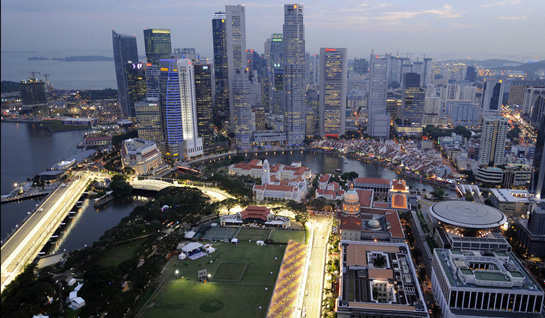
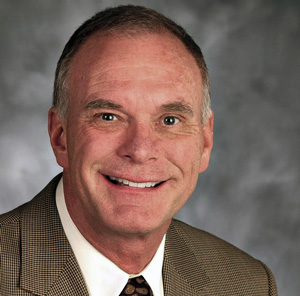
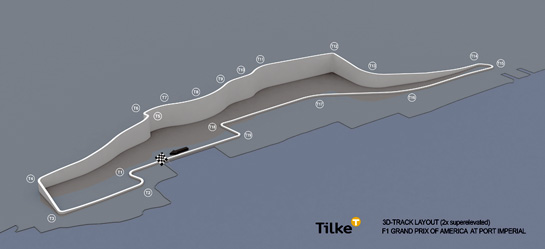
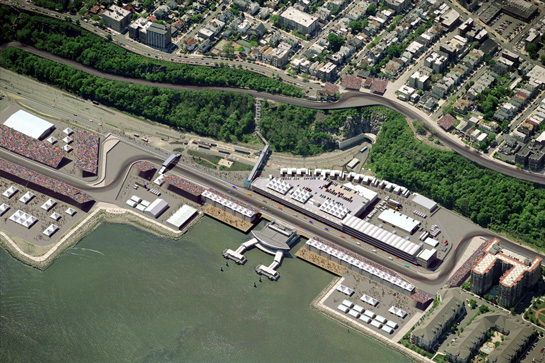
Terrific, this should help ALL U.S. racing. Hope ALMS,SVRA,IRL race there. Please note; all bodies floating in River have been airbrushed out. Should be 30 degrees cooler than Texass.
For historic accuracy the athor should have mentioned the pre WWII Vanderbilt Cup which was attended by teams such as Alfa Romeo, Maserati, Auto Union and Mercedes and drivers of the likes of Nuvolari, winner 1936 and Rosemeyer, winner 1937. The European Championshit of the 1934 to 1939 period was equal to and the predecessor of today’s Formula One.
Martin Schroeder
Great article, Philippe! It really seems this will happen, and with Tom leading the way it should.
PS: Please do give credit to Alec Ulmann – he brought F1 to America in 1959 at Sebring.
Harry Hurst adds credit to for the first modern day US Grand Prix run at Sebring in 1959, but no one mentioned the 1960 US GP which ran at Riverside. Now the story is complete.